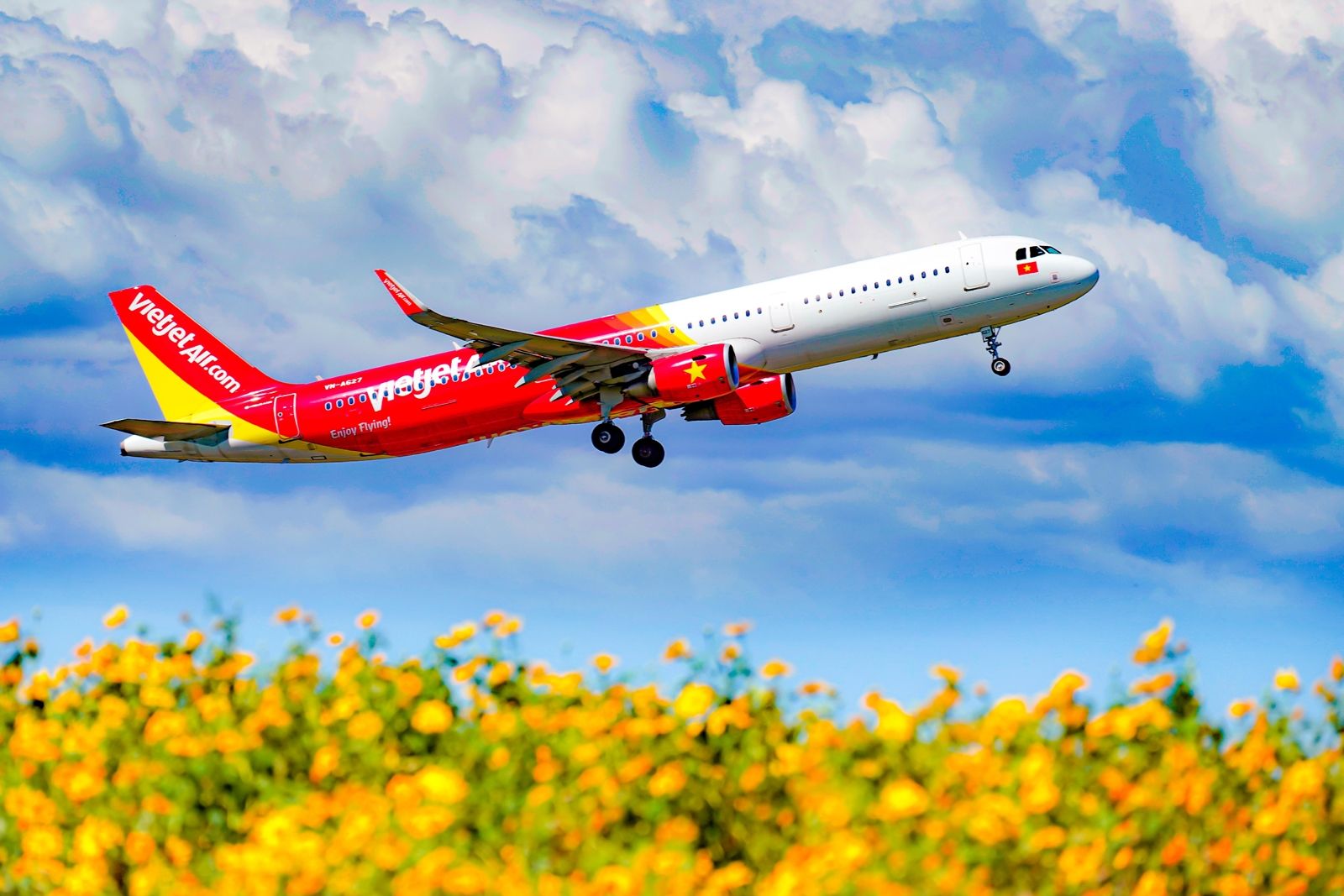After the most volatile trading period since benchmarking began, UK hotel trading performance is set to improve in 2022 as demand continues to return, according to research from PwC. Although there are encouraging signs for hoteliers, trading is still not anticipated to return to pre-pandemic levels by the end of 2022.
The prediction forms part of PwC’s UK Hotels Forecast 2021-2022 analysis into market conditions for hotels over the next 12 months. The forecast for occupancy rates by the end of 2022, is between 70% and 90% of pre-pandemic levels in London. Meanwhile in the regions, the forecast is even higher at between 87% and 96% of pre-pandemic levels.
The speed of recovery will be the major issue in 2022, but will be driven by factors outside of the sectors’ control; the pace and size of the return of tourism, international and domestic business and events. An encouraging sign for hoteliers, when surveyed, 63% of people said they plan to take either more or the same number of holidays in 2022.
However, a difficult start to 2022 is widely expected, with the end of the majority of government financial support and rent and tax bills due, managing cash flow and operations will be critical to ensure success for hotels across the UK. Meanwhile, rising payroll cost pressures are likely to continue into 2022 as labour shortages in hotels are at a critical level, leading to an above-inflation increase in wage rates as hoteliers struggle to retain and attract staff.
Outlook for London
London is expected to improve under a moderate recovery. This would see global tourism and air travel passenger numbers return to two-thirds of pre-pandemic levels and the successful vaccine rollout continuing to aid a gradual reduction in all restrictions and without further lockdowns. The Average Daily Rate (ADR) will recover to £112.26 in 2022, an increase of £27.78 since 2021. This drives an overall revenue per available room (RevPAR) of £63.69 in 2022.
The luxury hotel market in London has seen occupancy as low as 18% so far this year, as high-spend tourists from the USA and the Middle East are no longer arriving in London. It has been the mid and budget range of hotels that have fared best from domestic tourism demand. In the months ahead, as many businesses operate with hybrid working models for employees, demand will likely be subdued across both London and the regions for domestic business stays.
Outlook for the regions
The UK regions have seen mixed fortunes throughout the pandemic. Staycations have provided a significant boost for coastal and leisure destinations, with occupancy and ADR in August 2021 significantly outperforming August 2019, but some cities and non-tourism destinations are still experiencing dampened demand.
For those areas boosted by staycation demand, summer 2022 may again see difficult trading conditions if international travel is back on the agenda for the domestic market, and pent up demand for guaranteed sun is released. The latest PwC research shows that 37% of people still plan to holiday within the UK in 2022. On balance, it is expected overall staycation demand to be similar to the summer of 2021 but be more evenly spread throughout the year. High occupancy rates will help regional hoteliers raise their ADR and a moderate recovery could see it reach £67.05 in 2022, up from £61.59 in 2021. RevPAR could also increase to £42.36 in the regions.
In many regional cities decreased demand and increased supply have suppressed occupancy. The viability of large scale events, conferences and meetings with long planning cycles means the events market may take further time to recover, especially if uncertainty persists around potential restrictions.
Sam Ward, UK hotels leader at PwC, said; “The hotel sector recovery has a long way to go. The speed of recovery in the capital is likely to be dependent on international tourism and the speed at which business travel returns as markets lift their own restrictions on citizens travelling to the UK.
“Hotels must continue to innovate and adapt to the markets available to them. Many businesses have publicly stated their ambitions to cut business travel even as restrictions are lifted. Hotels that previously focussed on the business market should think about how to capture domestic tourism, looking at this as a real opportunity and, as it returns, the international tourism market.
“In what could be described as a perfect storm, a raft of operational cost increases coincide with the increase in the rate of VAT next April. The ability for hoteliers to endure these costs and preserve profitability, will present a challenge in markets where demand is weaker and more hotel rooms are available.
“Recovery will not be easy or straightforward, but with the right planning and strategy, hotels across the UK can look forward to significantly better trading over the next 12 months”.



 share
share








































